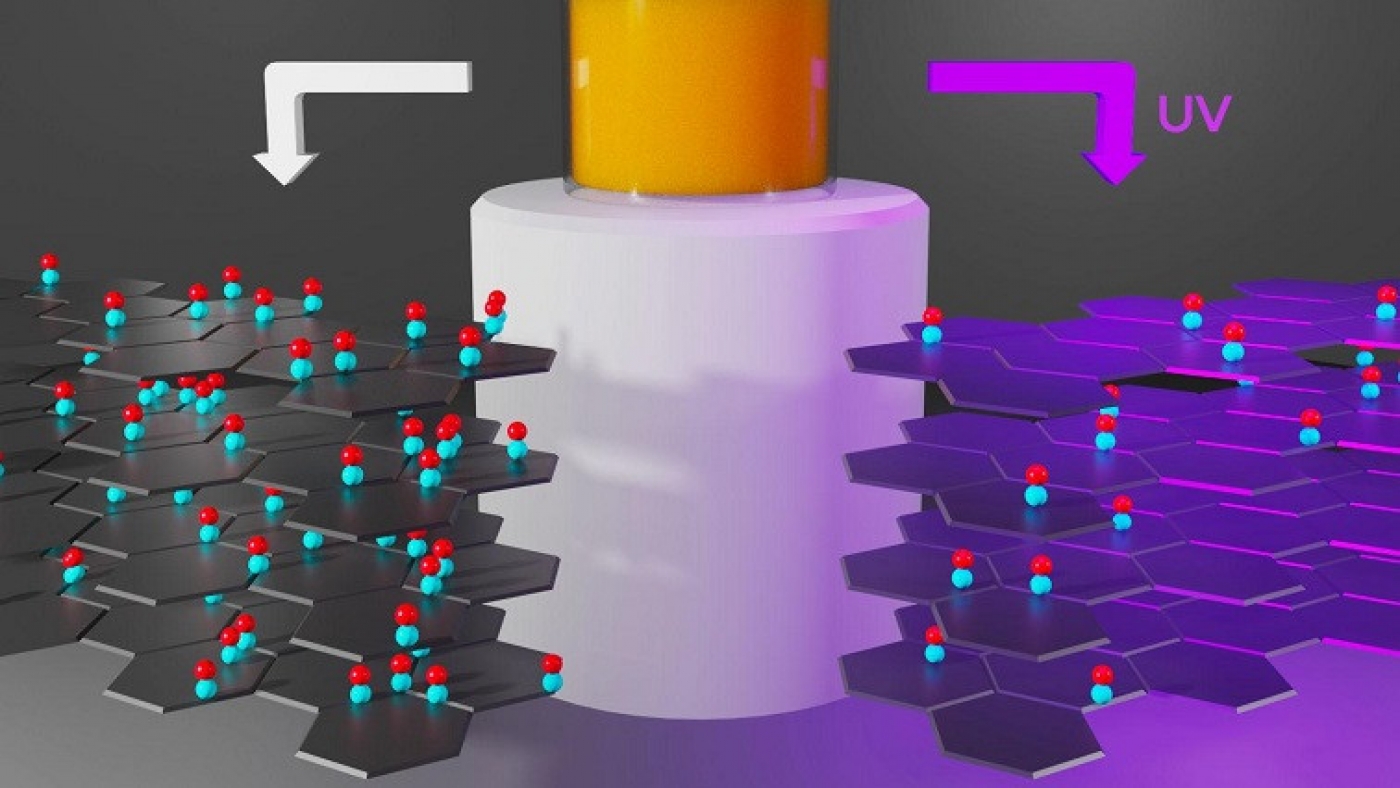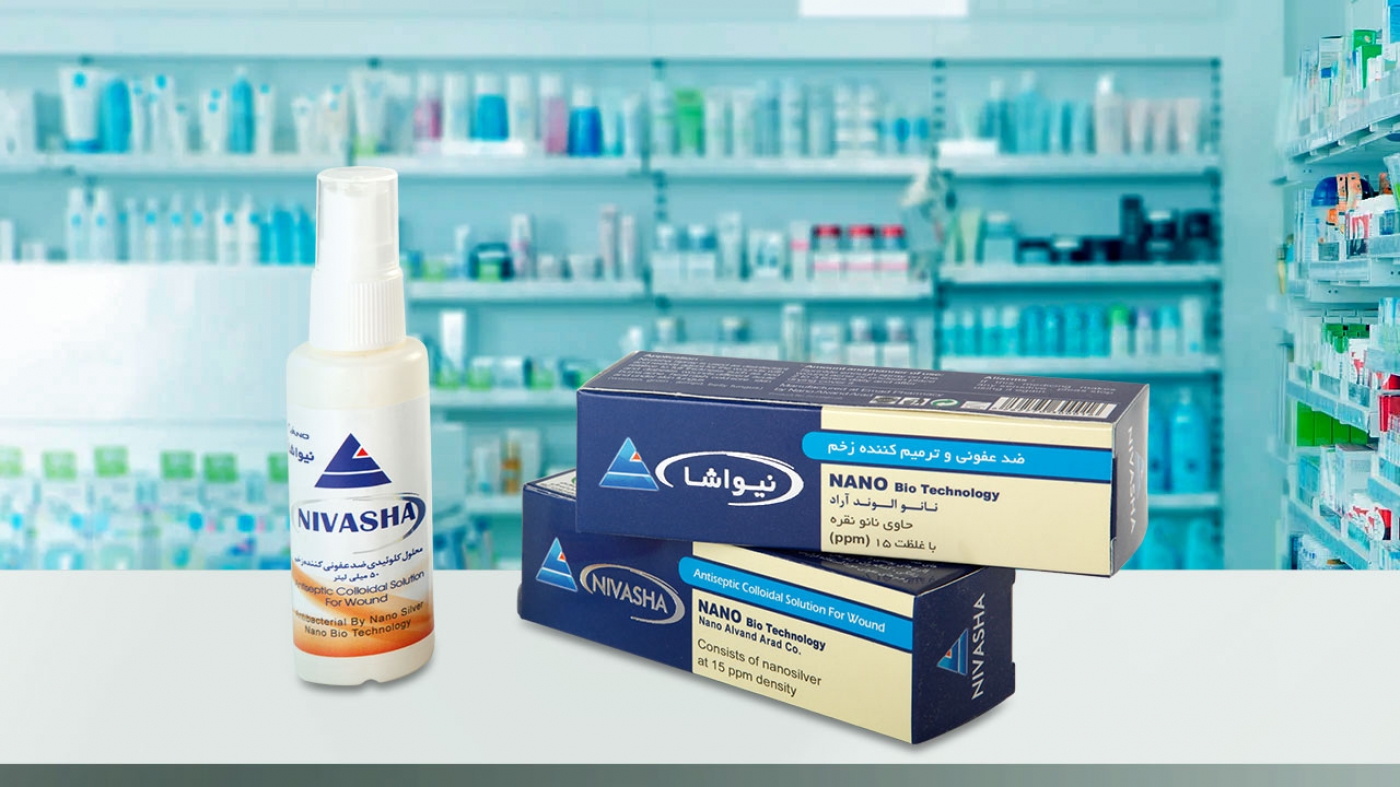
The surface oxygen functionality of graphene oxide may be tuned using ultraviolet light, affecting how differently charged ions move through the material.
Graphene oxide (GO) membranes have shown promise for separating ions from mixed solutions based on size. Research into approaches to modify the membranes for more selective separations is ongoing. Scientists discovered that reducing GO membranes with ultraviolet (UV) light alters the oxygen functional groups on the GO surface. This modification results in a different, chromatography-like separation mechanism that is selective for charge rather than size. Larger, doubly charged cations, such as calcium, move through the membranes faster than smaller, singly charged cations such as lithium.
Graphene oxide (GO) membranes have shown promise for separating ions from mixed solutions based on size. Research into approaches to modify the membranes for more selective separations is ongoing. Scientists discovered that reducing GO membranes with ultraviolet (UV) light alters the oxygen functional groups on the GO surface. This modification results in a different, chromatography-like separation mechanism that is selective for charge rather than size. Larger, doubly charged cations, such as calcium, move through the membranes faster than smaller, singly charged cations such as lithium.
Developing efficient, selective, and scalable separations for critical materials, including lithium and magnesium, is essential to meeting the increasing demands for clean energy technologies and alleviating challenges with domestic supply chains. While previous work used GO membranes for size-based separations, UV light reduction expands the potential uses of GO membranes by altering the separation mechanism. This modification approach allows researchers to tune the functionality of GO membranes via a straightforward method that uses no harsh or specialty chemicals.
Read the original article on Pacific Northwest National Laboratory (PNNL).



